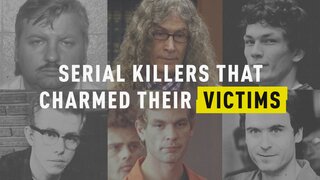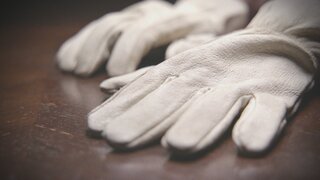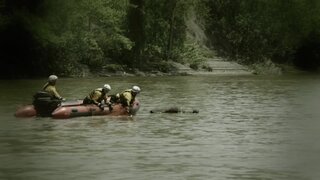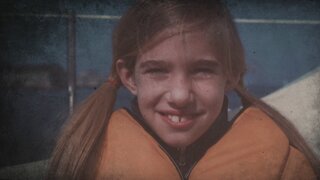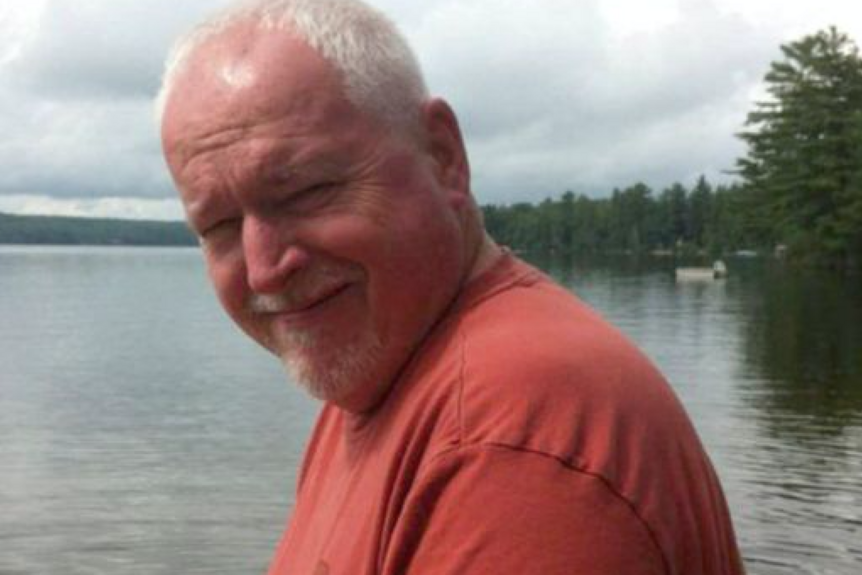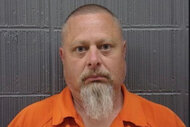Create a free profile to get unlimited access to exclusive videos, breaking news, sweepstakes, and more!
Landscaper Who Once Worked As Mall Santa Admits To Being Serial Killer Who Targeted Men In Toronto's Gay Village
Bruce McArthur pleaded guilty to killing eight men and hiding most of his victims' dismembered remains in flower pots.
A former landscaper accused of sexually assaulting, killing and dismembering men he met in Toronto's Gay Village district over seven years pleaded guilty Tuesday to eight counts of first-degree murder.
Bruce McArthur, wearing a black sweater, stood up and softly said "guilty" as each charge was read.
Police last year found the remains of seven men in large planters at a property where McArthur had worked and used as storage. The remains of the eighth victim were found in a ravine behind the same property in midtown Toronto.
The prosecutor, Michael Cantlon, said the cases spanning 2010 to 2017 involved sexual assault or forcible confinement and said the bodies were dismembered and hidden. Several of the victims were apparently strangled.
Sentencing and victim impact statements are scheduled to start Feb. 4. More information on his crimes is also expected to be released.
McArthur, now 67, moved to the Toronto area around 2000 and previously lived in Oshawa, a suburb of the city. He was married, raised two children and worked as a traveling salesman of underwear and socks. McArthur also at times dressed up as Santa to work at the mall during the holiday season, according to the Toronto Sun.
He had a small landscaping business, but he periodically hired workers, including a 40-year-old man named Skandaraj Navaratnam who disappeared in 2010. He is now named as one of the eight murder victims.
Police set up two special task forces to look into the disappearances of men in the Gay Village area of Toronto after some went missing.
The alleged victims fit a pattern: Most were of Middle Eastern or South Asian descent and lived on the margins of Canadian society, their disappearances attracting little attention.
Toronto's LGBTQ community had heard rumors of a serial killer targeting sexual minorities for years but the first police task force, established in 2012, yielded no arrests, prompting activists to complain that police hadn't done enough to investigate.
“We are validated in our concerns, but there’s no joy to be had in that,” Nicki Ward, a community activist, told the Canadian Broadcasting Corp. not long after McArthur’s arrest. “Why weren’t we listened to earlier? Perhaps some lives could have been saved if that was the case.”
One victim hid the fact that he was gay from his Muslim family. Another was a recent immigrant with a drug problem. Another alleged victim was homeless, smoked crack cocaine and worked as a prostitute.
But then Andrew Kinsman vanished in 2017. The 49-year-old LGBQT activist and former bartender in Toronto had many friends. When he suddenly went missing the day after Toronto's gay pride parade, his friends noticed quickly, and so did the police.
Police set up second special task force shortly after Kinsman's disappearance.
He was last seen on a surveillance video getting into McArthur's van on June 26, 2017, and his DNA was later found inside, as was the ligature with which he was apparently strangled.
McArthur has since been charged in the deaths of Kinsman, Navaratnam, Selim Esen, Majeed Kayhan, Dean Lisowick, Soroush Mahmudi, Abdulbasir Faizi, and Kirushna Kanagaratnam.
At least two of the victims' bodies were staged after death and McArthur kept some of the men’s belongings as souvenirs, according to the Toronto Sun.
Karen Fraser, who lives at the home where McArthur stored the body parts, said he was evil, but hadn't known that version of him.
McArthur worked for Fraser and her husband at their home for 10 or 12 years. He used the home as storage for his landscaping business and would often visit the garage several times a day.
"Terrible things were done," she said. "This is just a shuffling, broken man. As he should be."
Fraser, who said she is haunted by the fact that she met two of the victims, said she didn't see any remorse in McArthur in court, only a blank face.
"We call it Bruce A and Bruce B," she said. "Bruce A was a man who seemed to have made decisions about his life and was very happy with it. He enjoyed his job, his clients and never got bored with the plants. He was very talented at it. He was very fond of his children and was a great grandfather."
She called him the best friend, neighbor and relative that anyone could want.
"That was Bruce A. Bruce B? Who was that? I don't know," she said. "I never saw a temper. Just a happy guy. You would never ever think. I believe all his other clients said the same."
Toronto police Det. David Dickinson called the guilty pleas the best possible outcome.
Asked if there should be a public inquiry, Dickinson said if police made mistakes in the investigations, they should learn from them.
Haran Vijayanathan, a community activist and the executive director of the Alliance for South Asian AIDS Prevention in Toronto, said there is a sense of relief among the families.
"But there is also confusion and questions as to why," he said.
The case marked the largest forensic examination in the police force's history. Forensics spent months poring over McArthur's apartment and officers searched more than 100 properties where McArthur worked to see if he might have buried body parts there. Police didn't find body parts at other properties he worked.
The Associated Press contributed to this report.
[Photo: Facebook]
